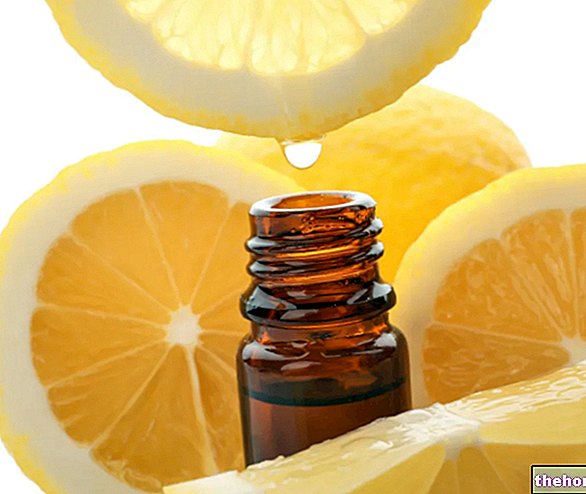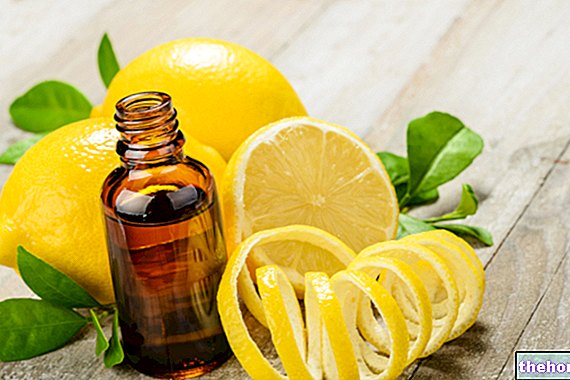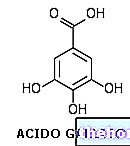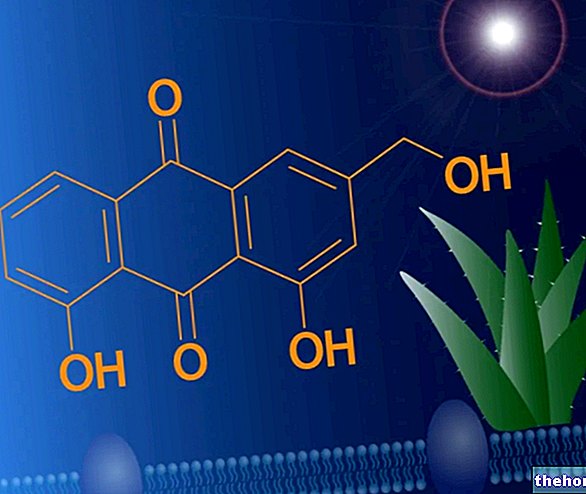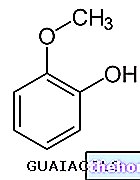When the drug to be evaluated is not known, experimental attempts are made. To perform an extraction it is necessary first of all to overcome chemical and physical barriers; therefore, in addition to the chemical characterization, it is necessary to know the consistency of the drug, its physical characterization and the solvation capacity; the physical barriers will be more easily overcome the more the solvating strength of the solvent will be great.
Sometimes, physical barriers - represented by cell membranes - can be a real obstacle; in fact, one cannot exclude the presence of something that nullifies the affinity and contact between solvent and active principle, something equally similar to the active principle and which prevents its exit. This type of interaction is circumvented with suitable drug preparation methods; these methods allow drugs to be extracted correctly, limiting the physical barriers that hinder such extraction. These methods reduce the size of the drug to proportionally increase the surface of interaction between solvent and drug, decreasing, instead, the obstacle of physical barriers; the smaller the size of the drug size, the greater the interaction between solvent and drug; in this way the likelihood of the solvent coming into direct contact with the active ingredient to be extracted also increases.
There are 3 mechanical methods of drug preparation to evaluate their qualities; these same methods are used in drug manufacturing processes to obtain products to be placed on the market (infusions, herbal teas, ground):
- crushing: used to treat hard, consistent and heavy drugs (roots, barks, stems); the machines are made of non-porous materials, such as steel or copper.
- shredding: used to treat drugs of reduced consistency (fruits, tubers, roots, leaves, flowers ...).
- pulverization: used to reduce a drug to an often predefined consistency (FUI or WHO).In the case of oil-based drugs, support elements such as starch, mannitol, talc, sugar, sodium chloride, cyclodextrins are used ... also in this case the materials of the machines must not be porous.
In an extraction process, be it for quality control or for the direct and medicinal use of the drug, there are variables that must be respected in order to obtain a maximum yield and a correct qualitative type of the extract; the first is the choice of the solvent, followed by the preparation of the drug and the extraction method (infusion, percolation).
Different drugs require different extraction processes, depending on their nature, to have a maximum yield in active ingredients, with the best possible physico-chemical characterization.
The active principle of pharmacognostic interest must be extracted with the most suitable extraction methods for overcoming the physical barriers that the starting drug imposes. For example, to extract the oil from linseed, these must be previously crushed into grains, which do not stick to each other and preserve the oil without losing it during crushing.
From a drug, prepared in the most suitable way and subjected to the most appropriate extraction method, an extract is obtained which will be subject to phytochemical investigation for quality control or subject to the preparation of pesticides or other health products.
Mechanical methods of extraction.
Squeezing and punching: mechanical methods which consist in the mechanical compression of the drug; they are used to obtain the essential oil from citrus fruits and from olive, peanut and sunflower oil. It is an extraction process that is adopted mainly on fresh drugs.
Centrifugation: fresh drugs are also used for this mechanical method; it is used to obtain extemporaneous juices or with the addition of preservatives; in the latter case they can be used for some time, vice versa within 24 hours.
Other articles on "Preparing a Drug for" Extraction "
- Evaluation of the quality of a drug with the help of chromatographic methods
- Pharmacognosy
- Extraction methods

